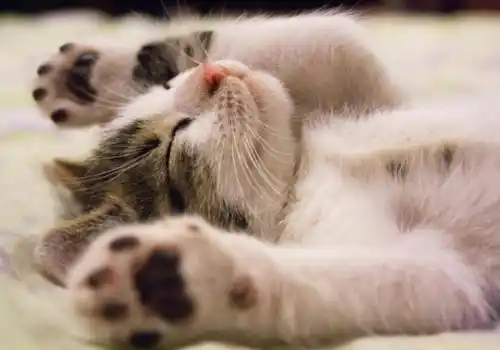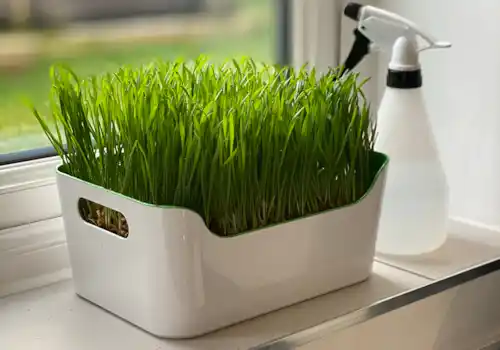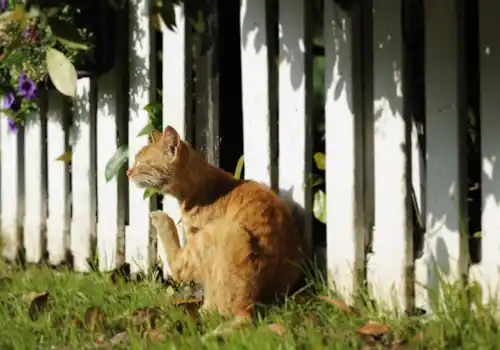Did you know many species of lily are actually highly toxic to cats? Find out more here...
As the green-fingered among you know, most types of lilies begin to bloom in early summer. Their vibrant petals, elegant stems, and delicate fragrance make them highly popular additions to many garden borders and patios. But despite their harmless appearance, many species of lily are actually highly toxic to cats. Every year, we treat many cats for the effects of lily poisoning. Sadly, even after intensive treatment, not all of these cats survive.
Which lilies are dangerous?
It’s probably safest to assume all types of lilies are dangerous, unless proven otherwise. Distinguishing between the different species can be tricky and mistaking a lily as safe can have devastating consequences for your cat.
If you do know your trumpets from your Asciatics, then make sure to pay particular attention to:
● Tiger lilies (Lilium lancifolium or Lilium tigirnium)
● Stargazers/ oriental lilies (Lilium orientalis)
● Asciatic lilies (Lilium asiatica)
● Easter lilies (Lilium longiflorum)
● Peace lilies (Spathiphyllum species) are also dangerous but slightly less toxic.
All parts of the lily plant are poisonous and many cats become unwell after cleaning even tiny amounts of pollen from their fur.
For peace of mind, consider uprooting all lilies from your garden and removing them from indoor bouquets.
Find out more about which lilies are toxic to cats here.
What are the effects of lily poisoning?
If you know your cat has been in contact with lilies, call your vet immediately. Early treatment — before symptoms develop — gives your cat the best chance of survival.
Most cats become unwell within a few hours after contact with a lily. Symptoms include:
● Vomiting
● Salivating (dribbling from their mouth)
● Extreme thirst and passing more urine than usual
● Twitching
● Having seizures
● Loss of appetite
As your cat becomes more unwell, their kidneys will struggle to work properly and may start to fail.
What treatment is available?
Your vet might induce emesis (give medication to make your cat sick). Emptying your cat’s stomach in this way reduces the chance of them absorbing lily toxins.
Oral doses of liquid charcoal helps prevent your cat’s gut from absorbing lily toxins.
Some cats need a bath to remove all traces of lily from their fur.
Intravenous fluids (fluid given directly into the vein) help to protect your cat’s kidneys, flush out lily toxins from their blood, and can sometimes prevent kidney failure.
Most cats with signs of lily poisoning will be hospitalised for at least a few days.
If you suspect your cat has been in contact with lilies, call your vet and ask them to see your cat as soon as possible.








